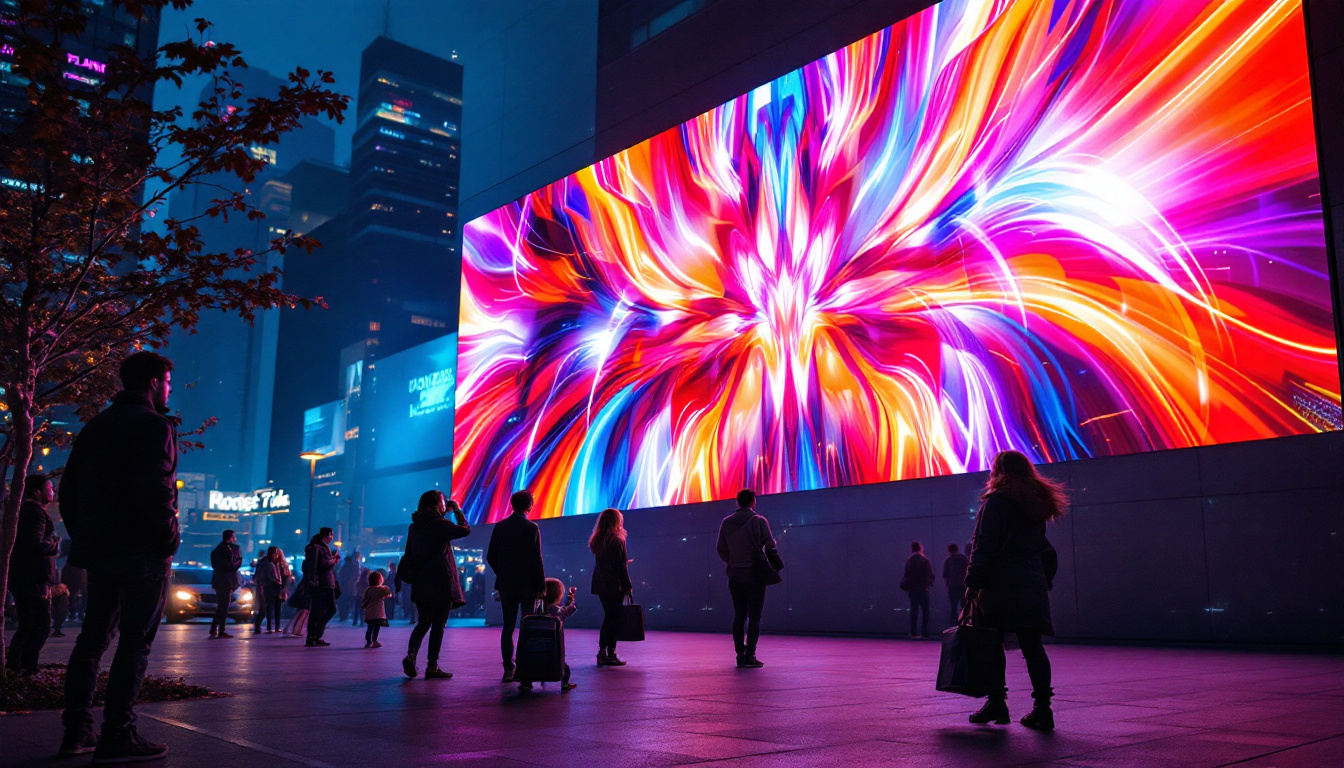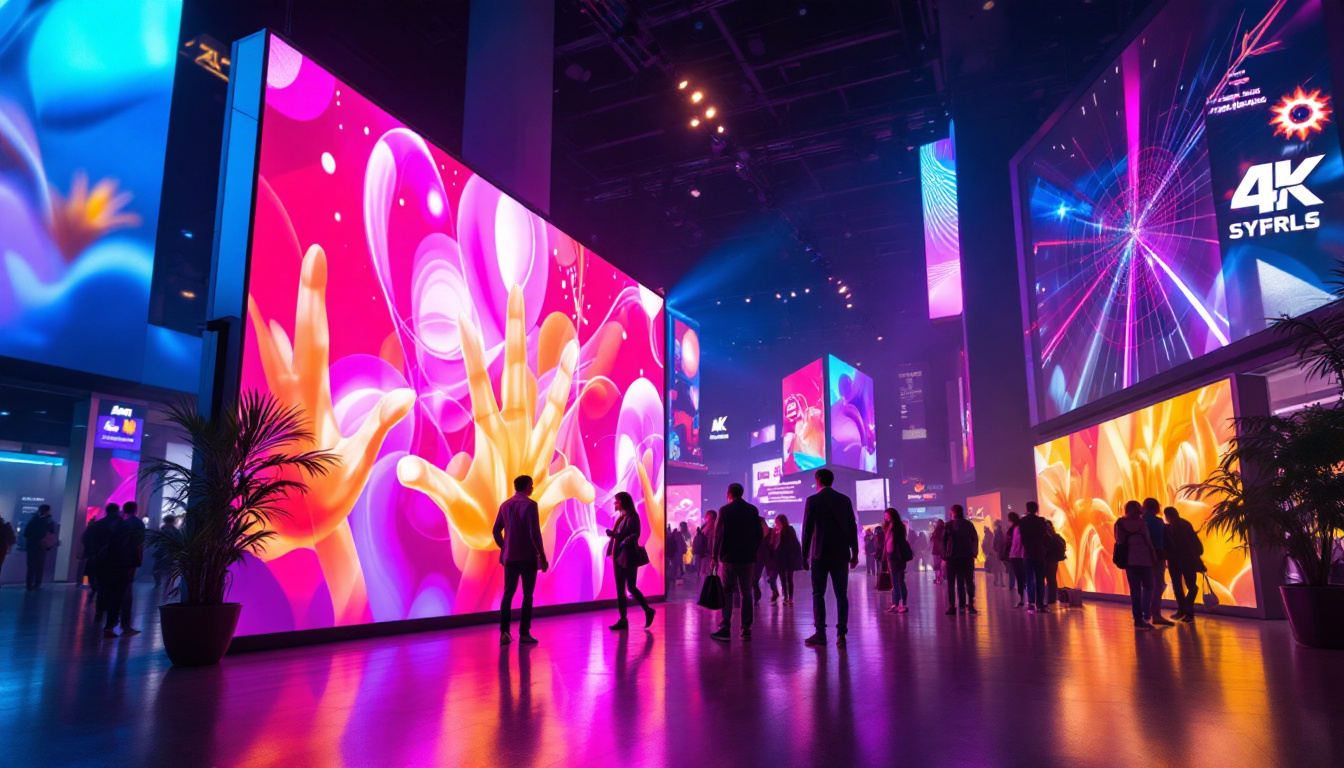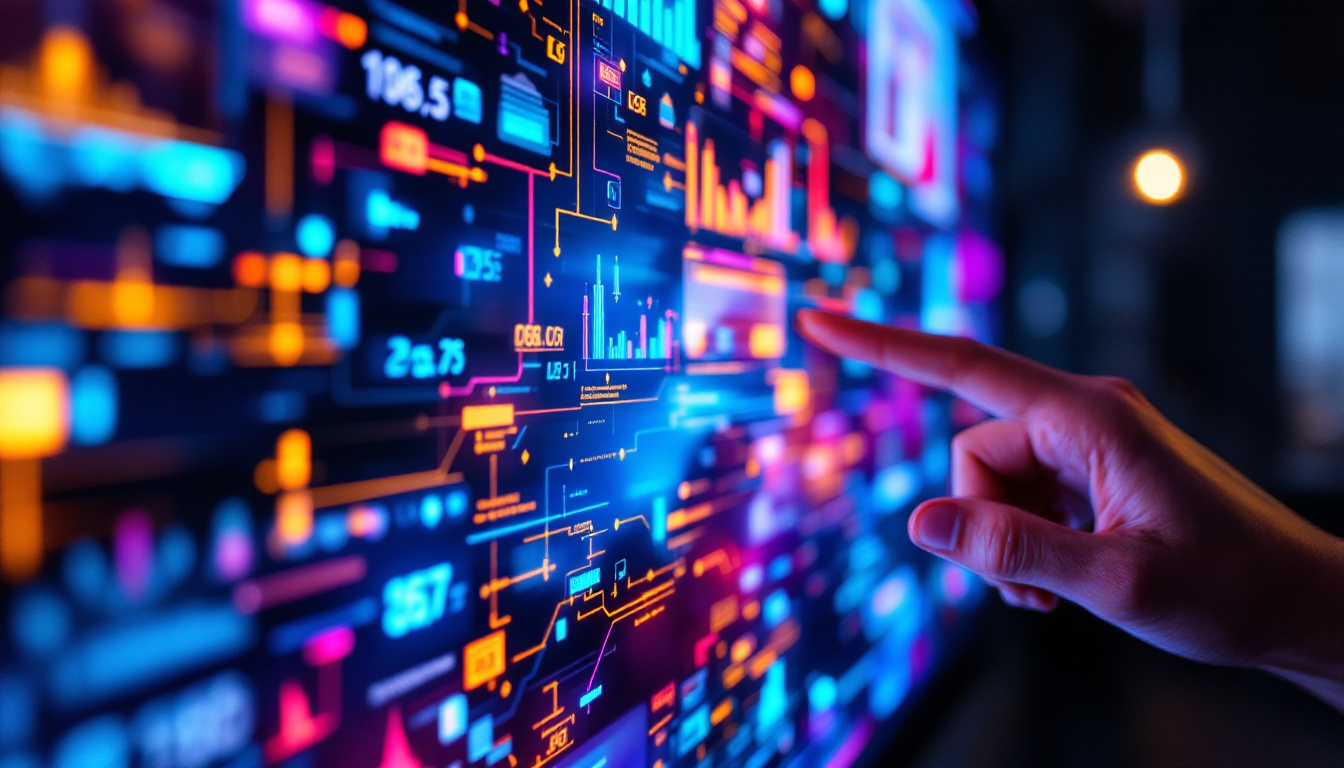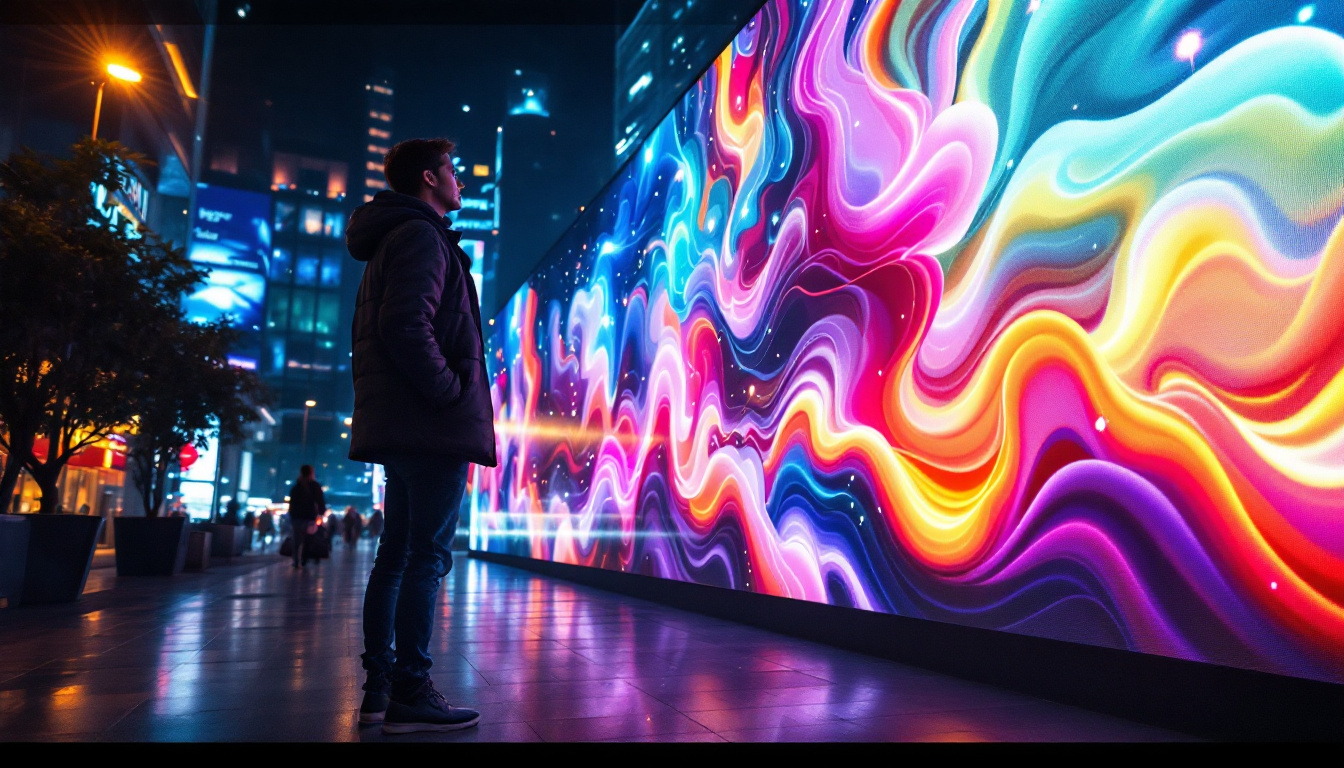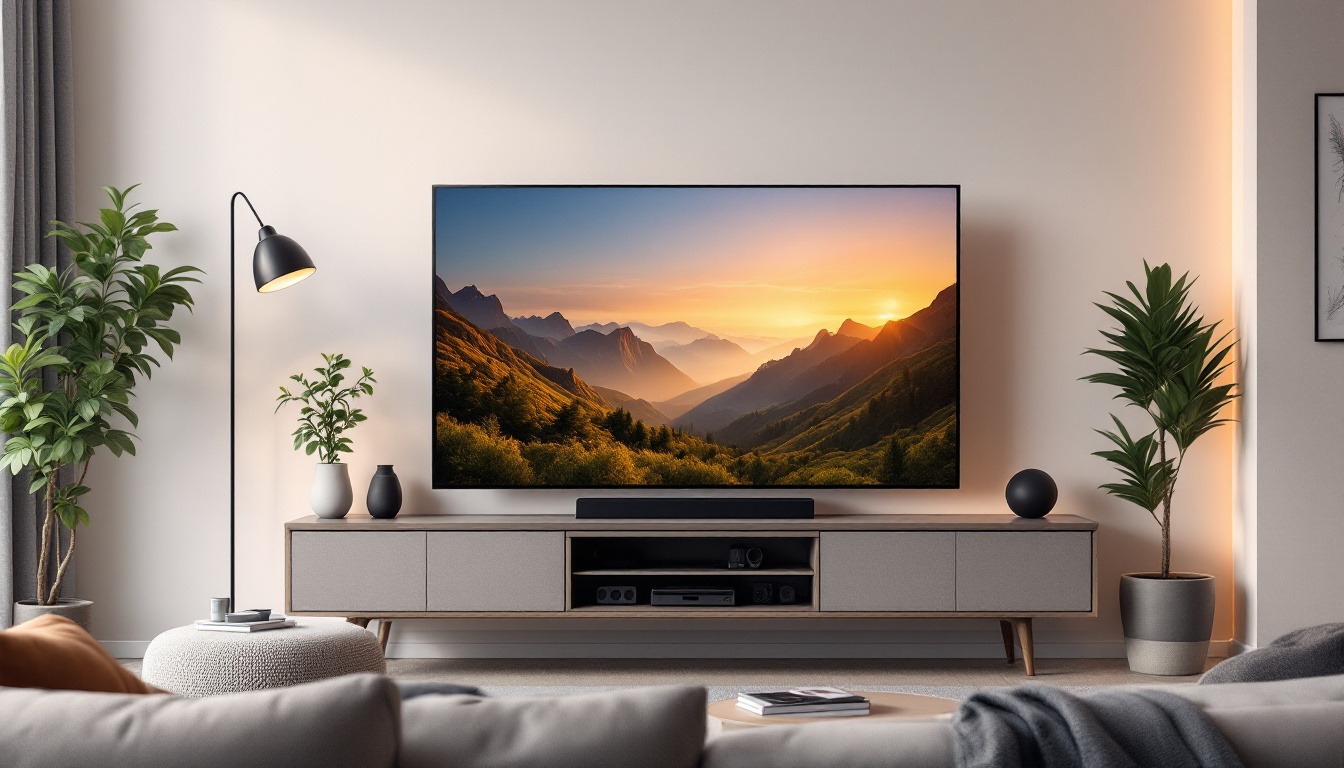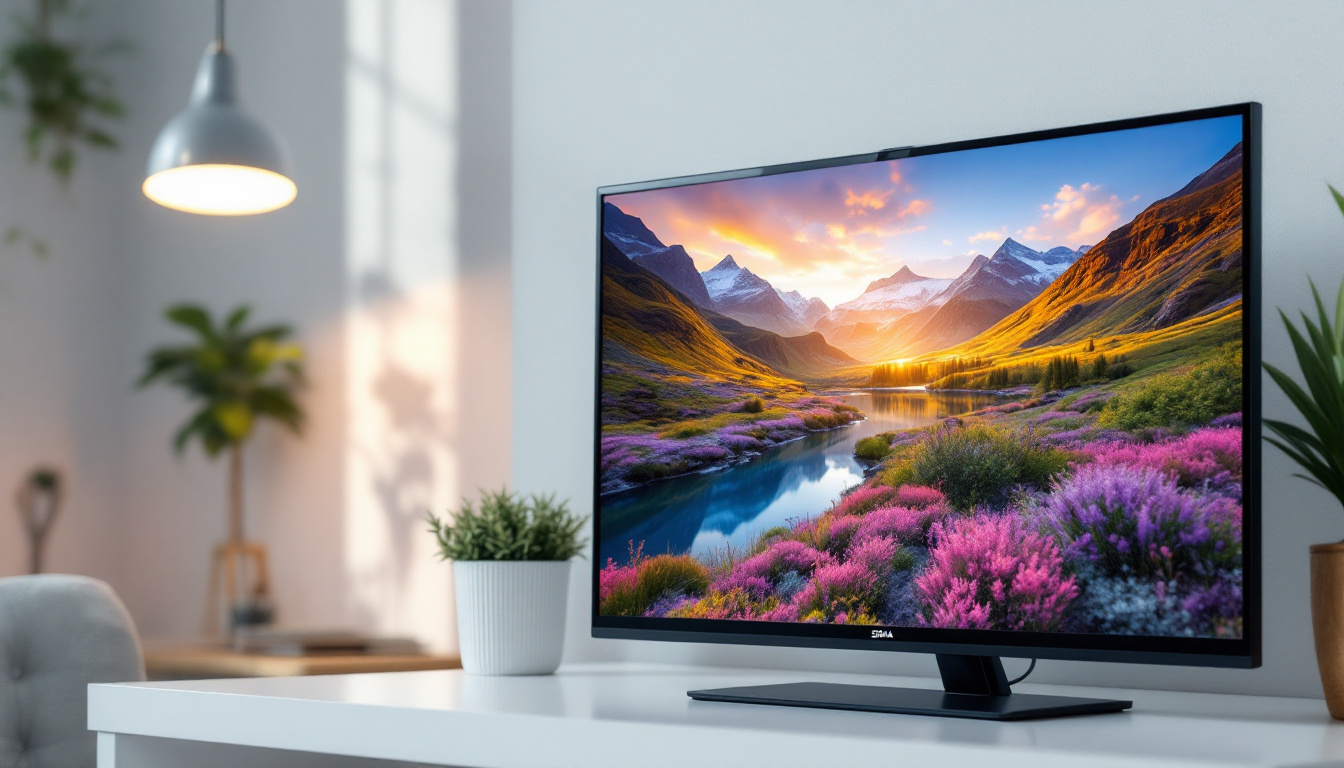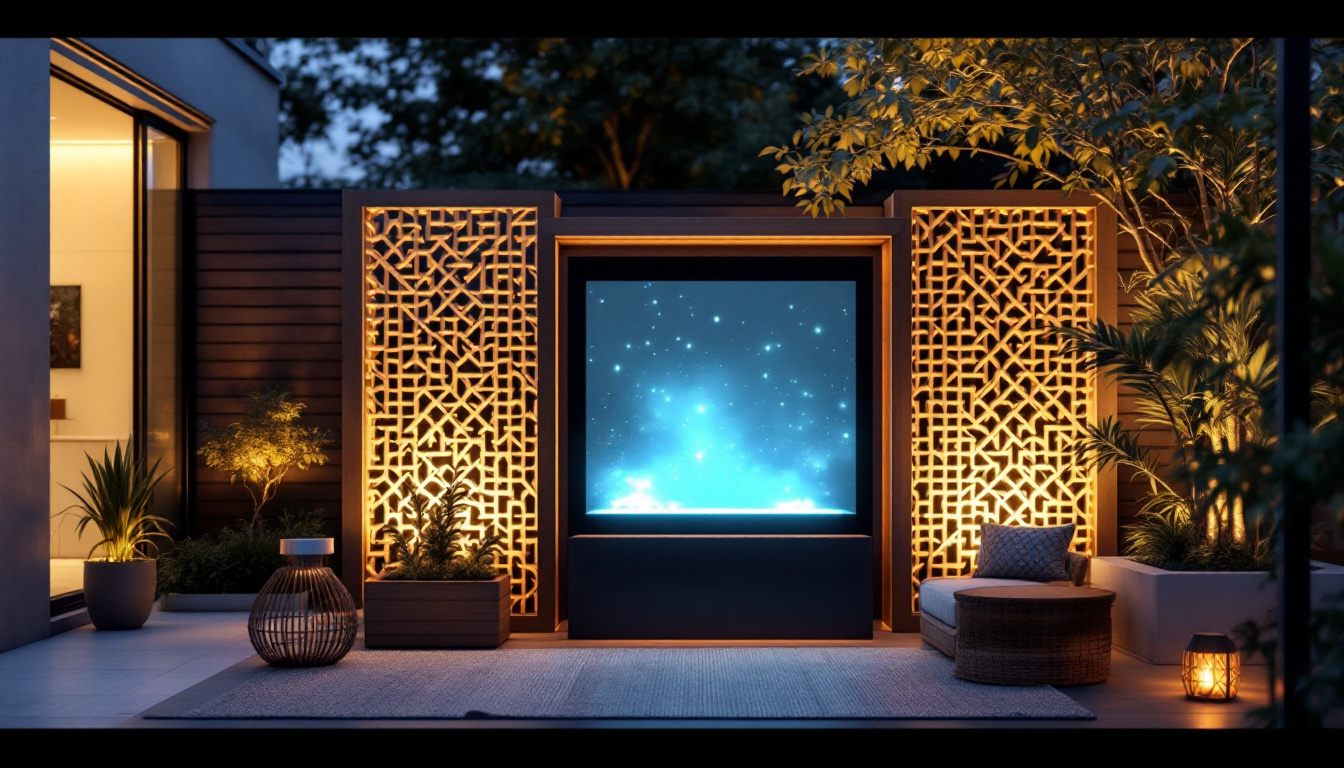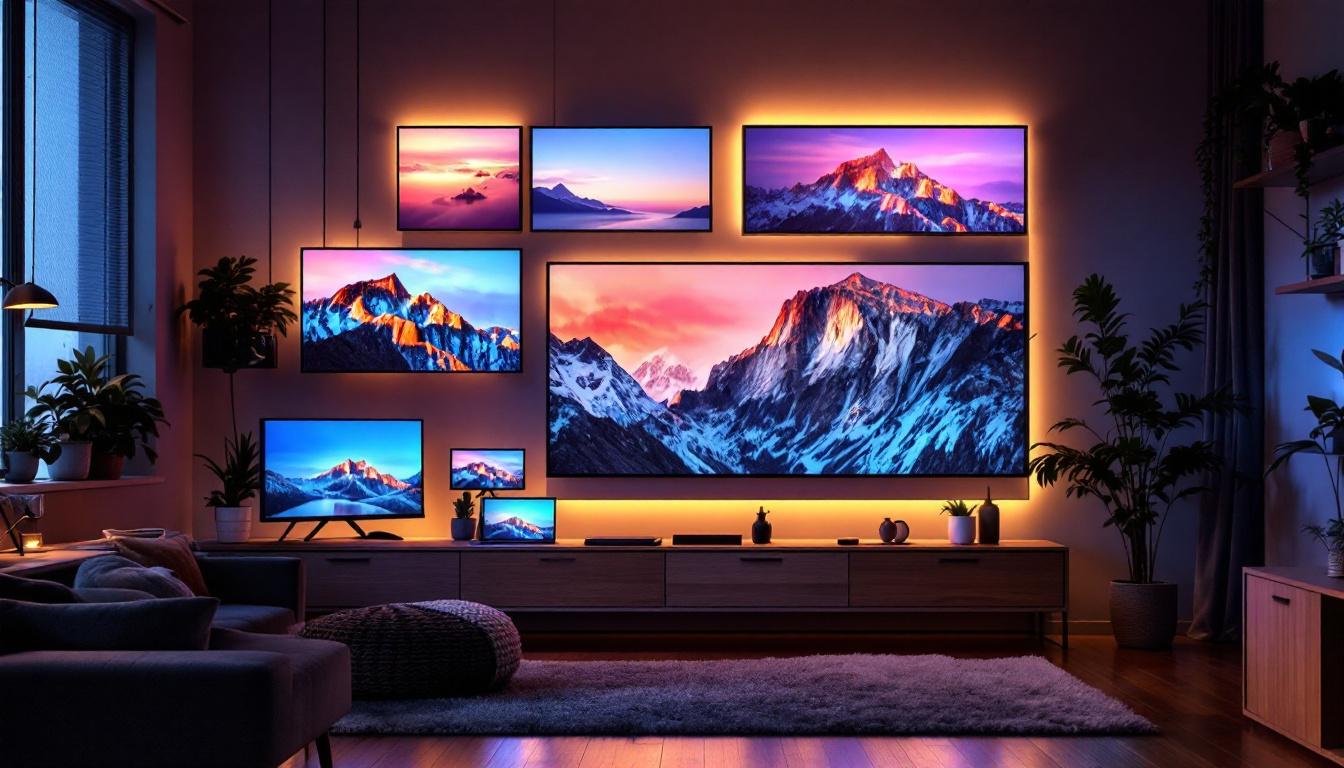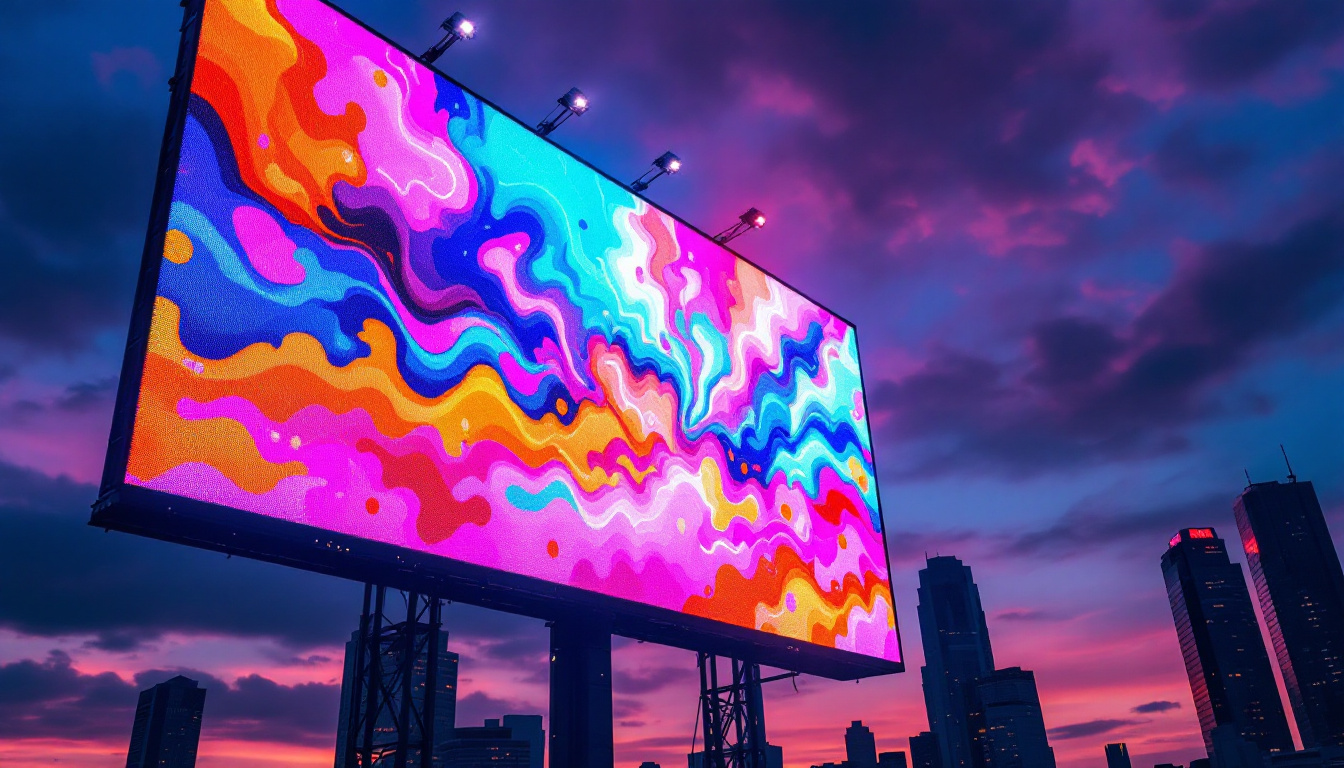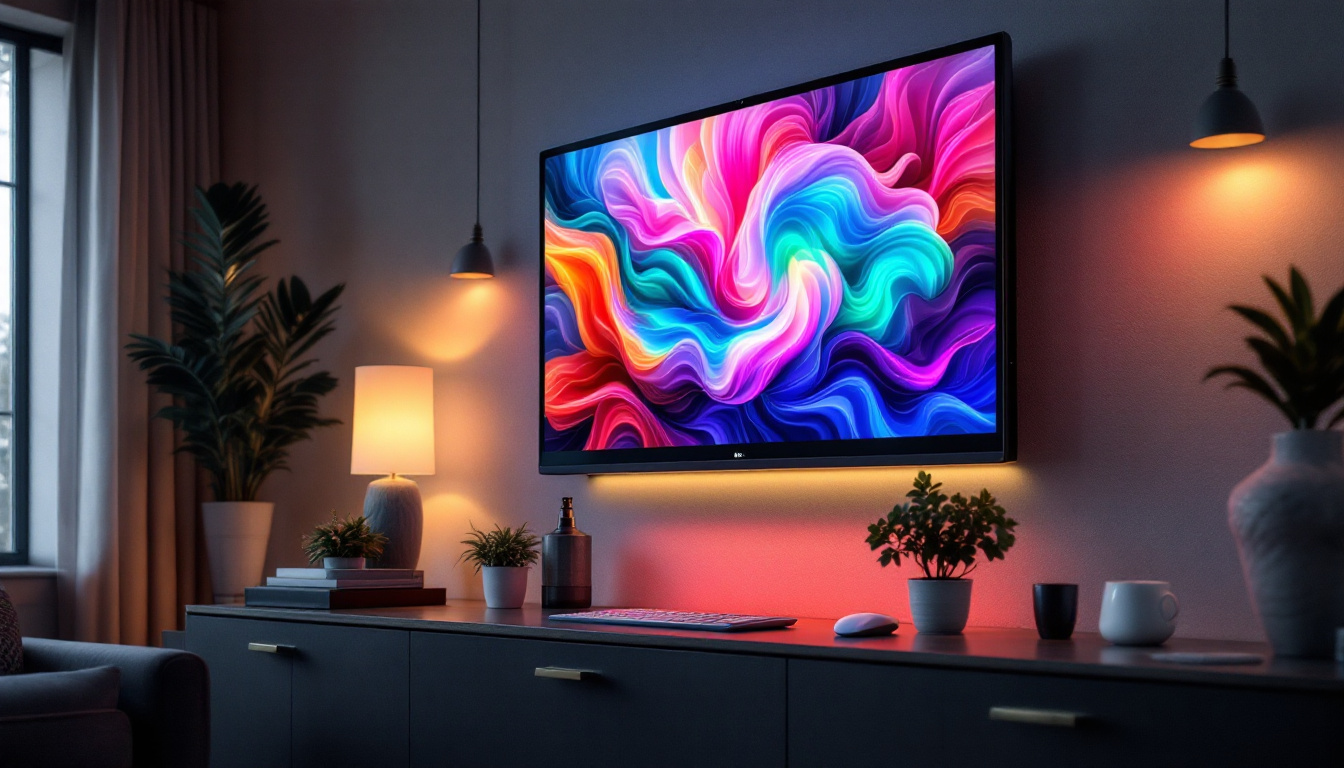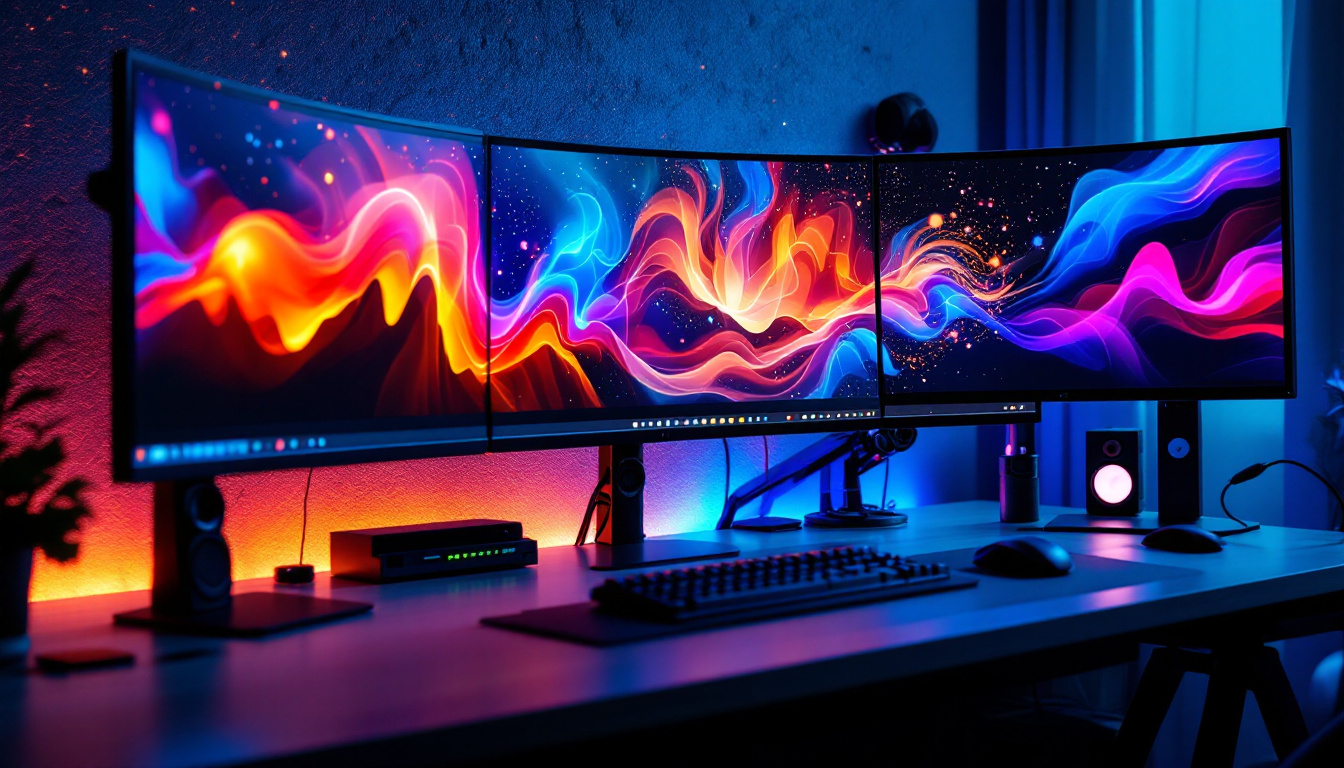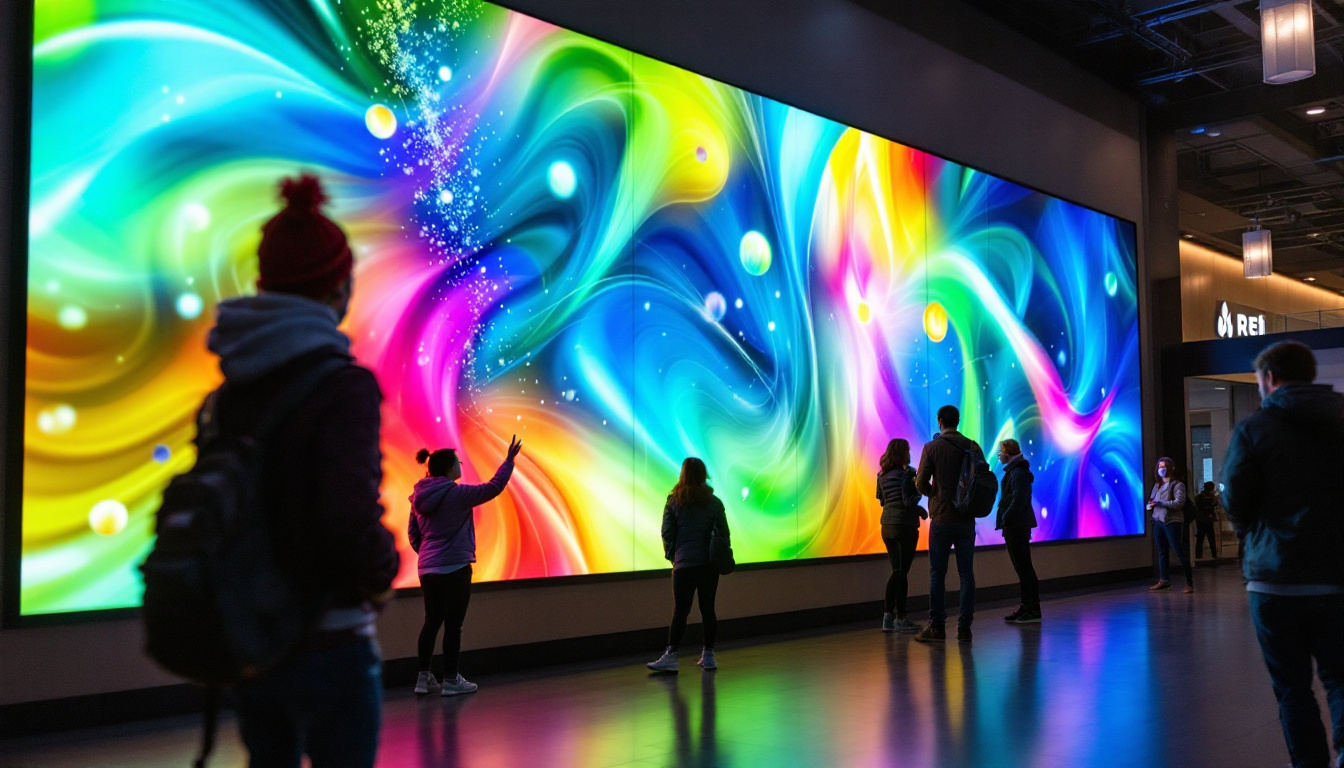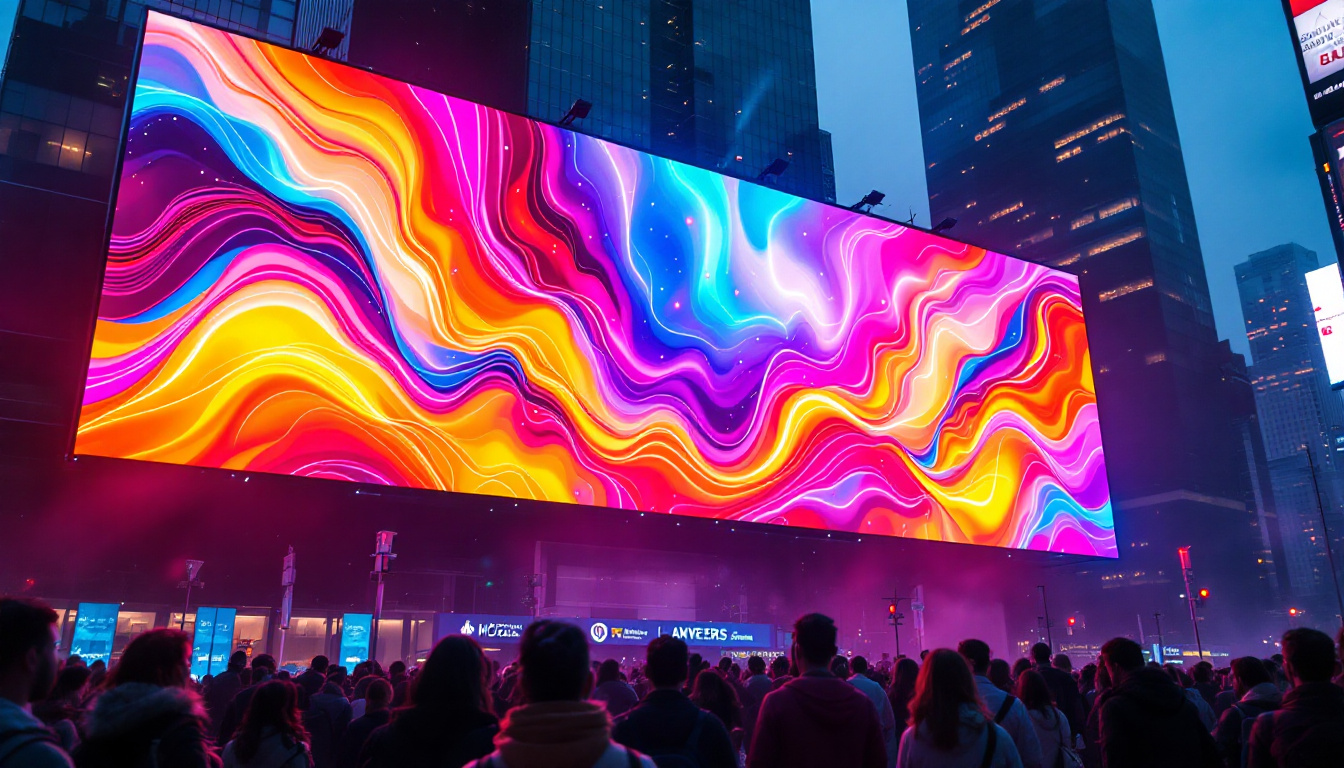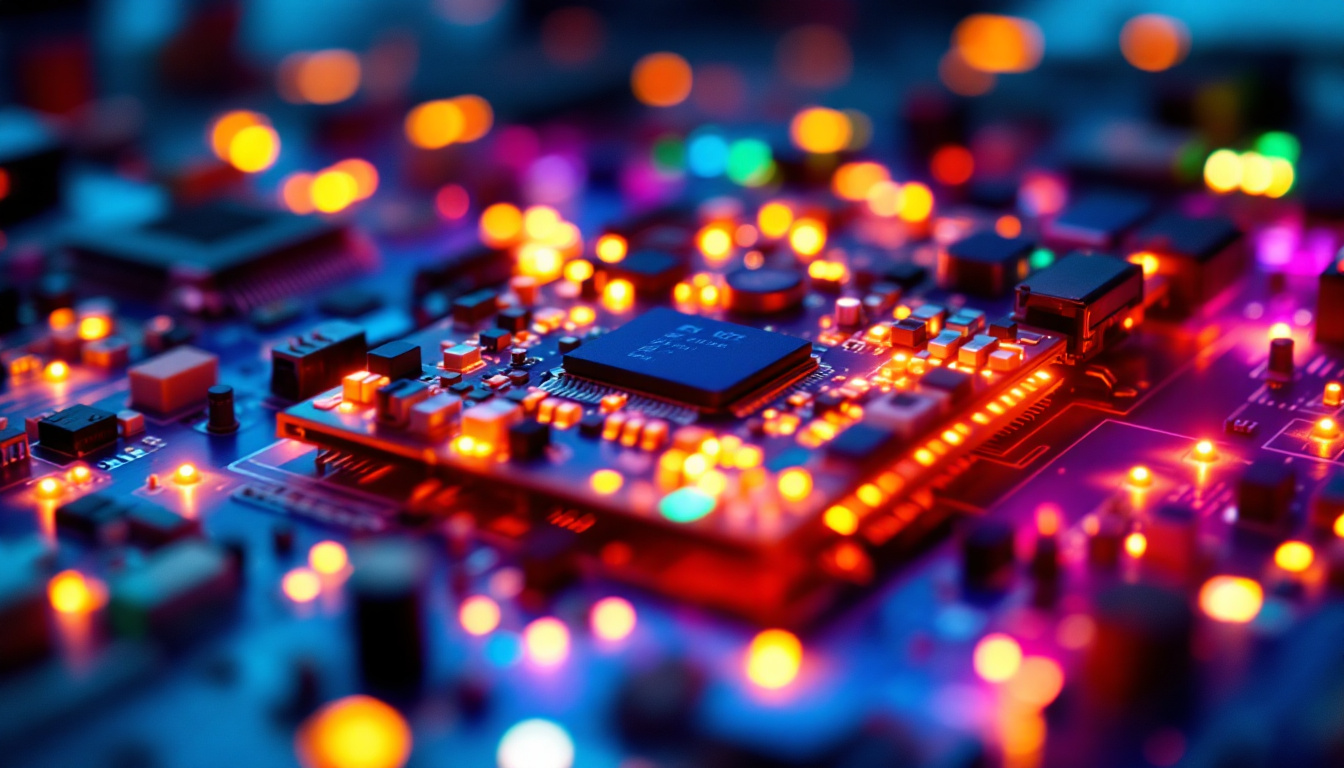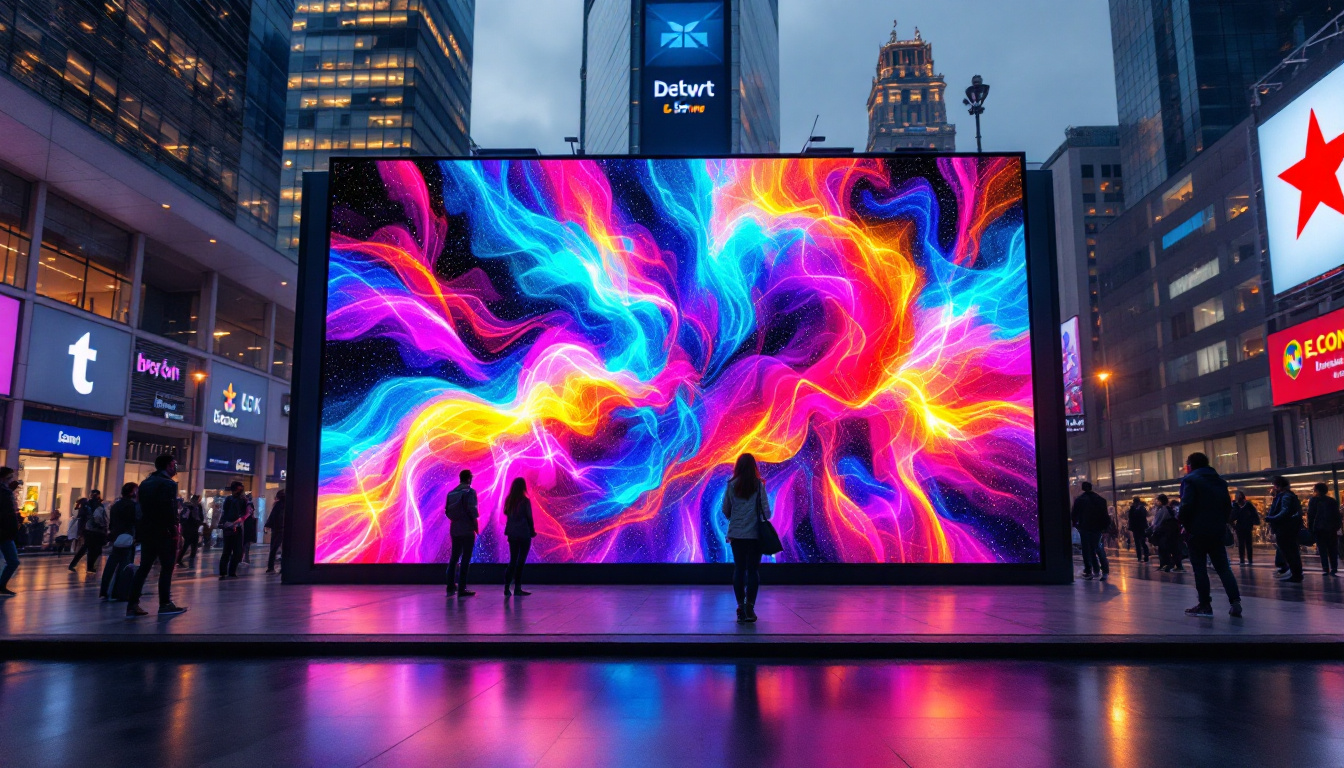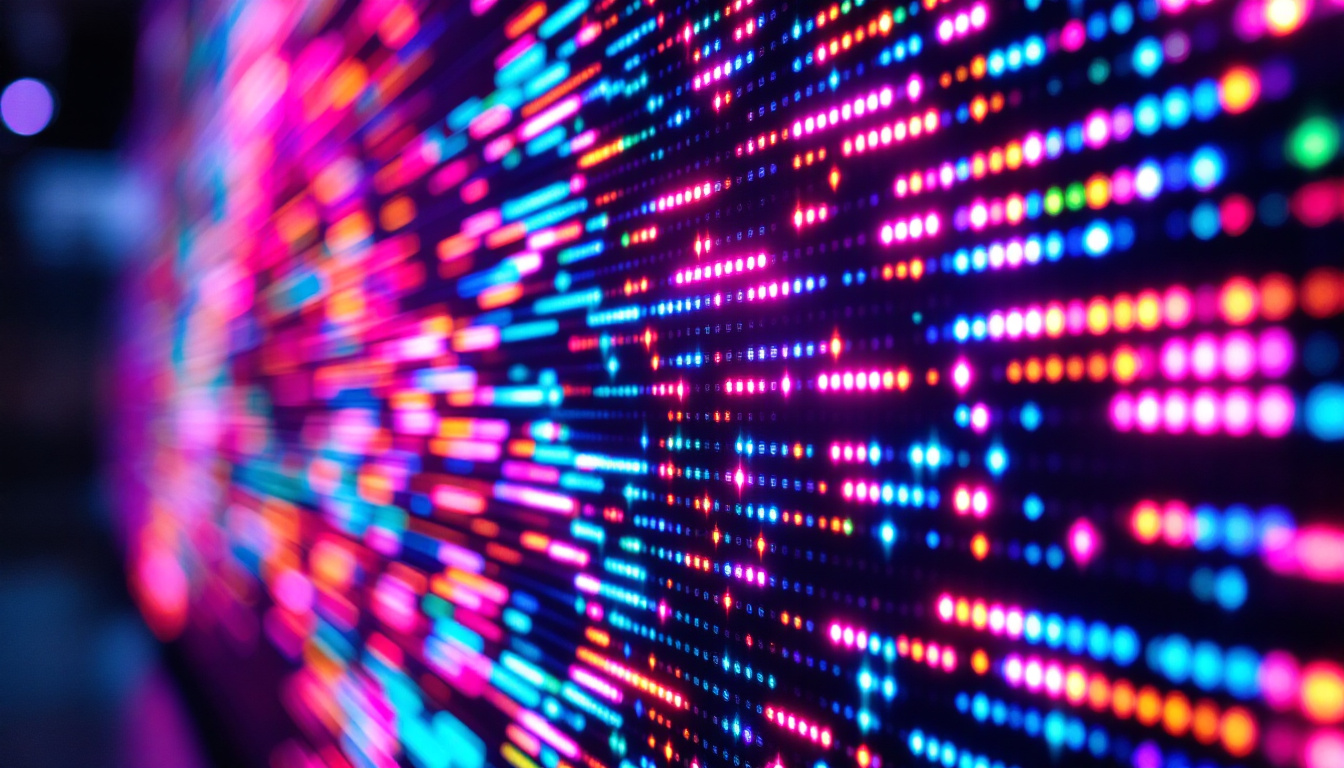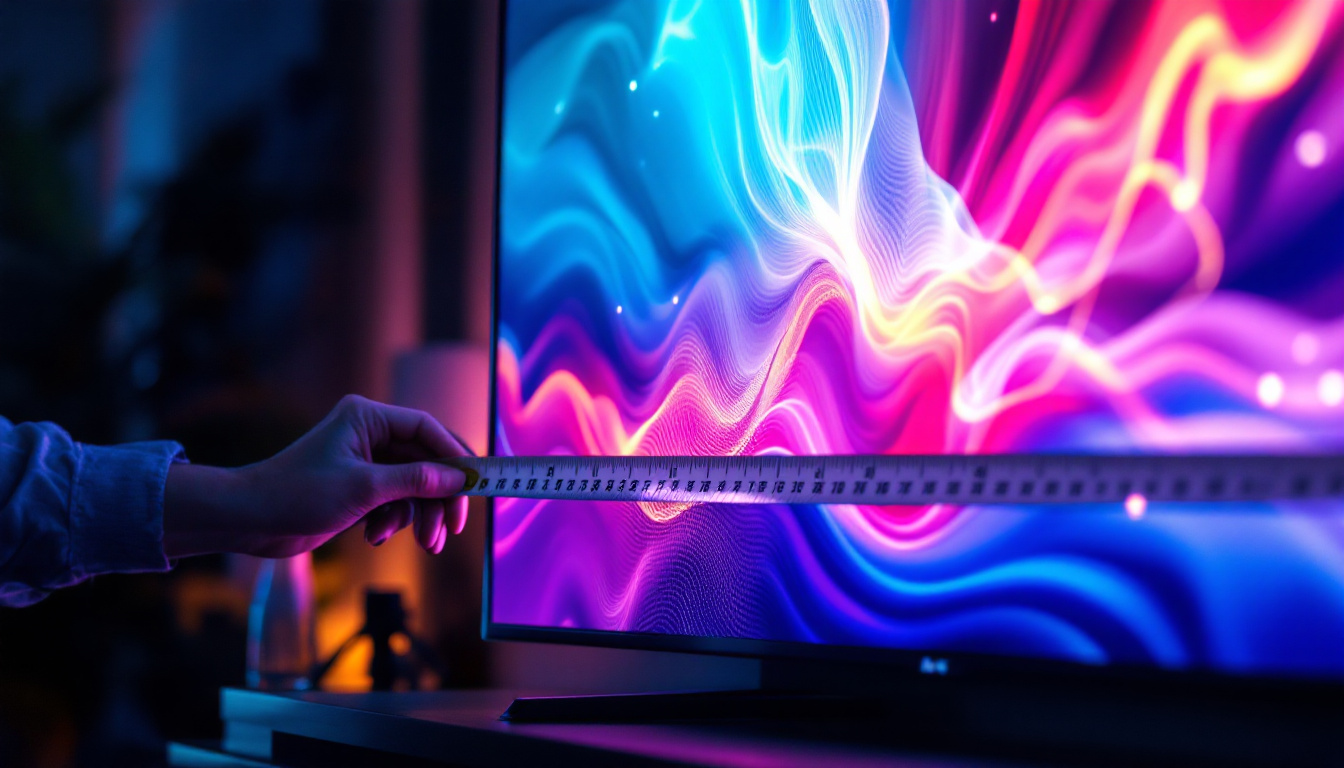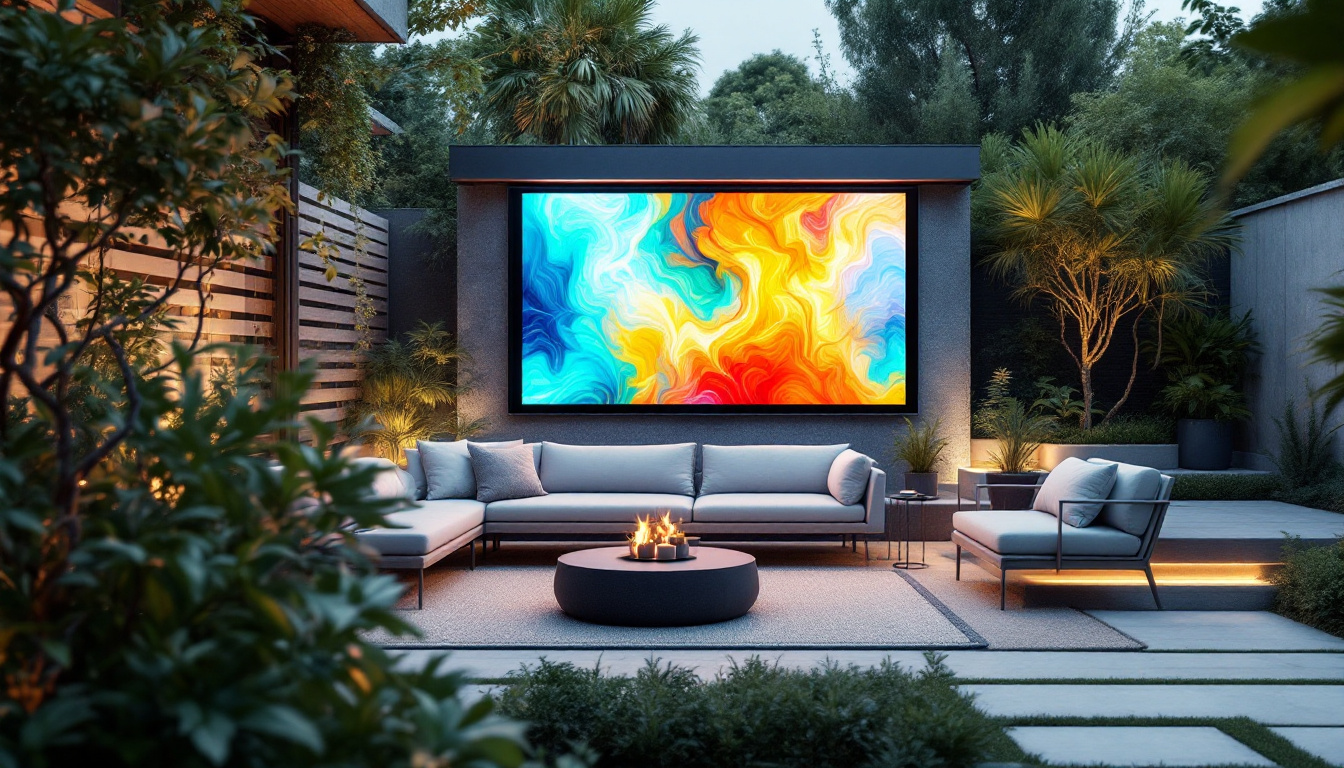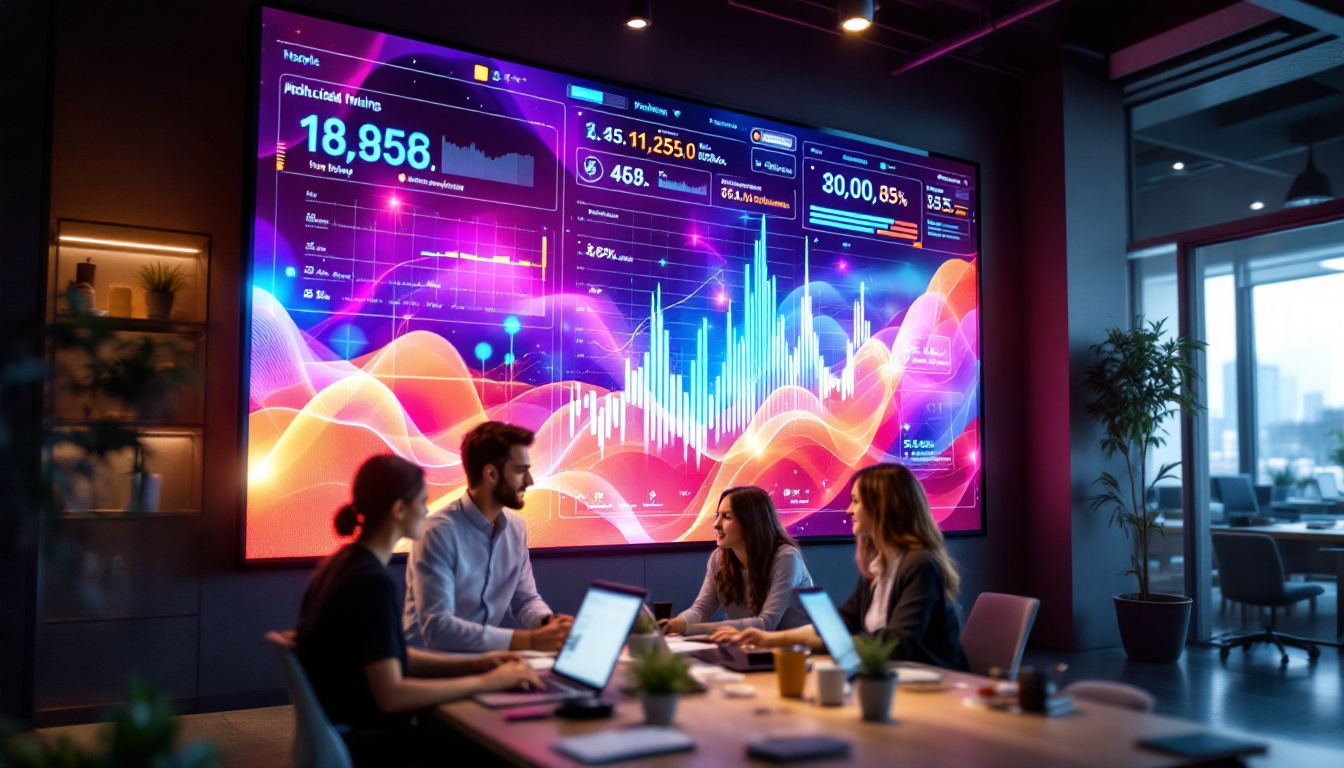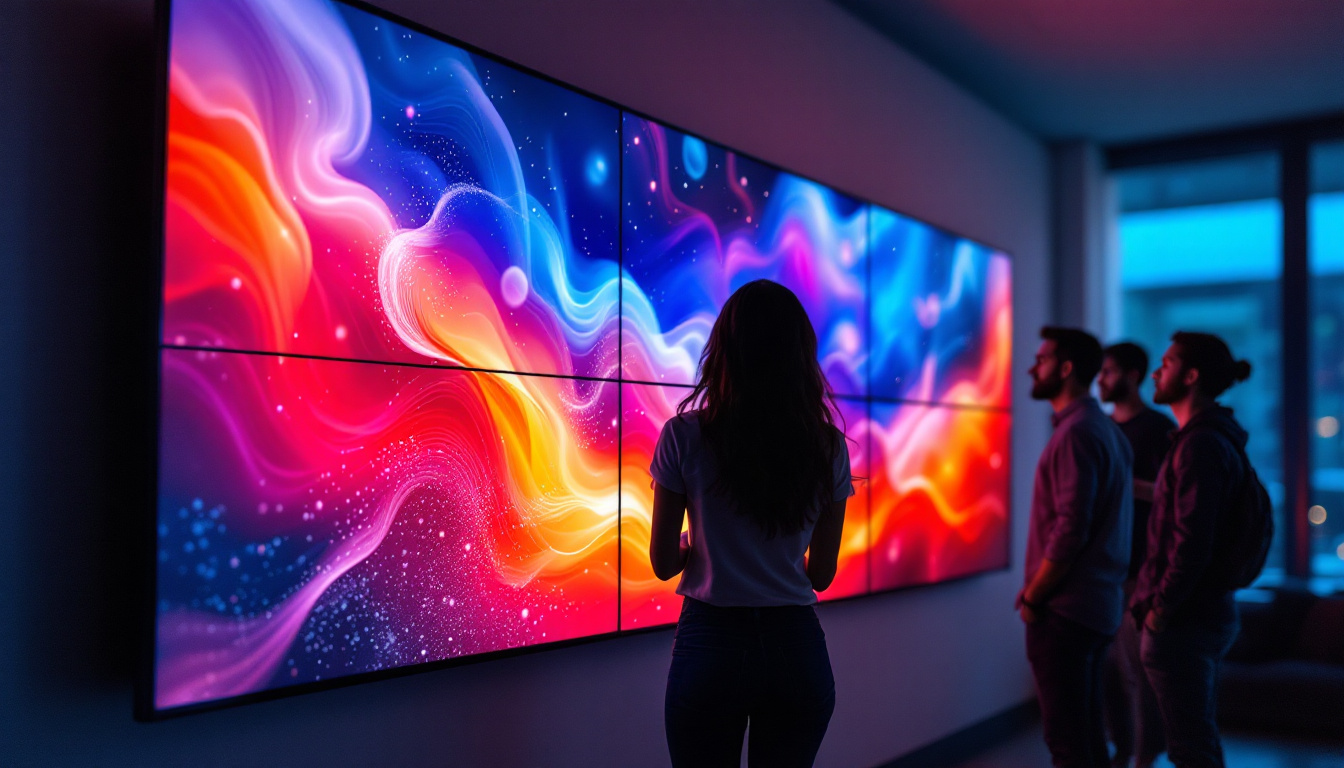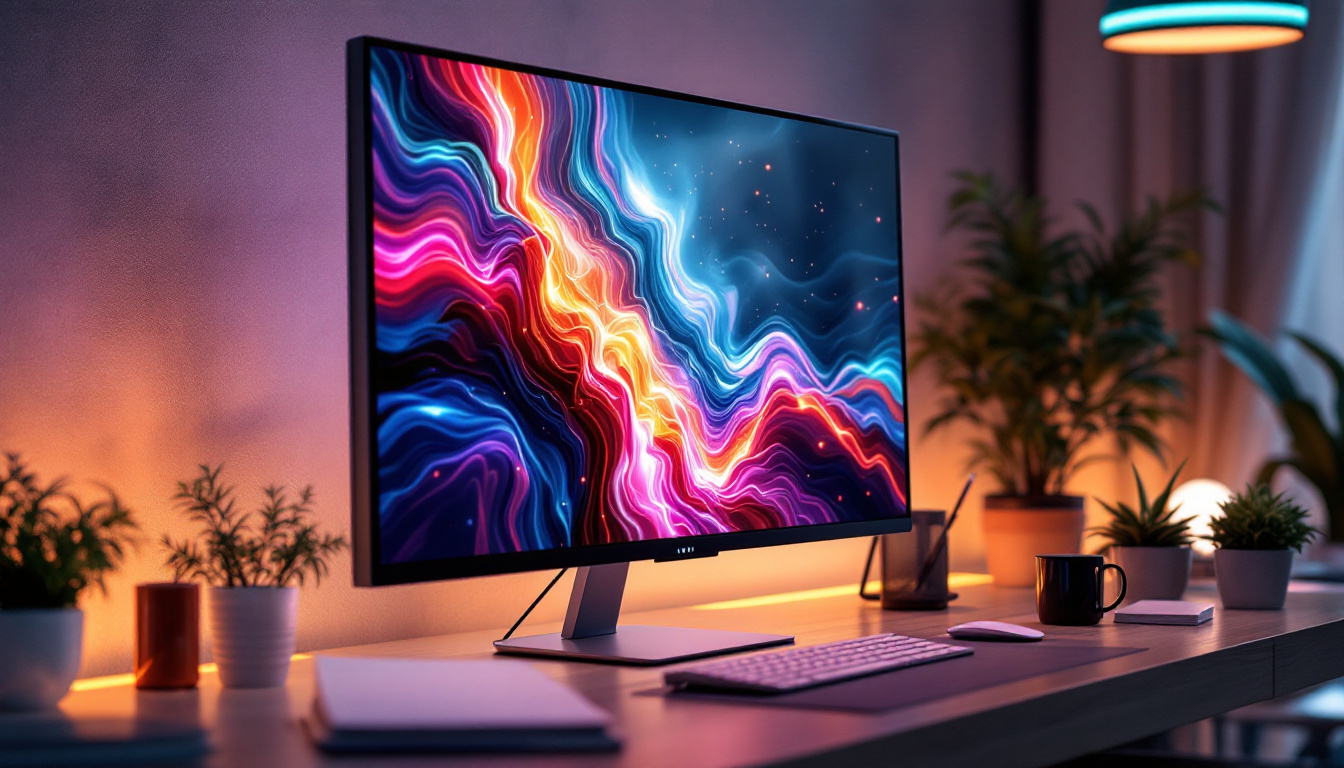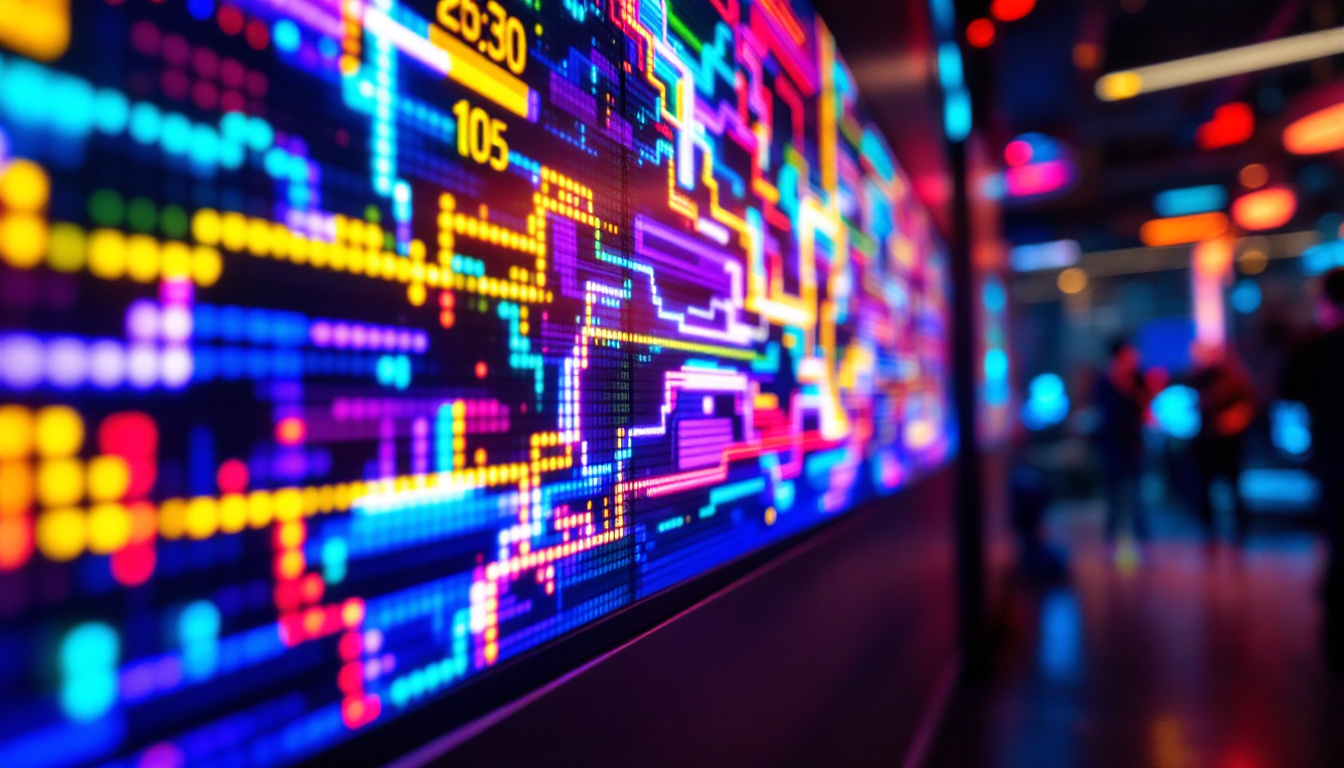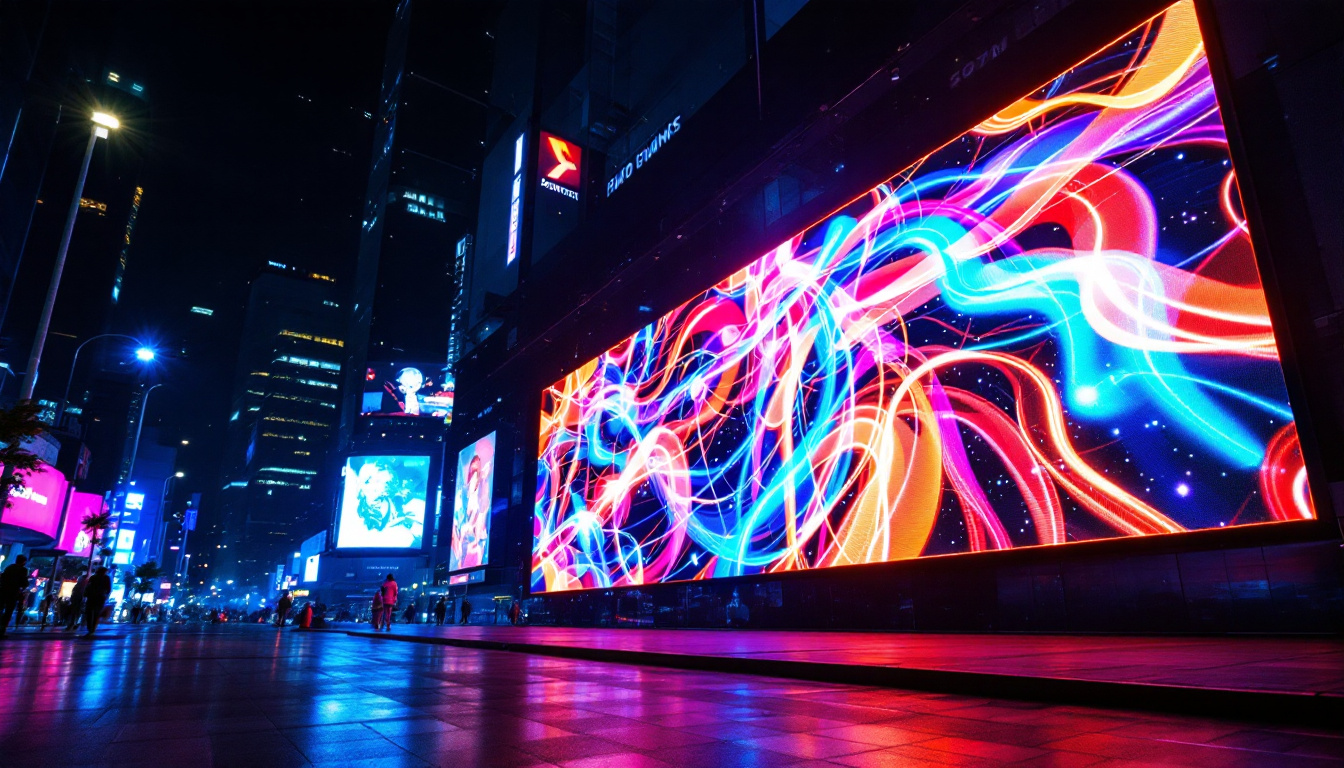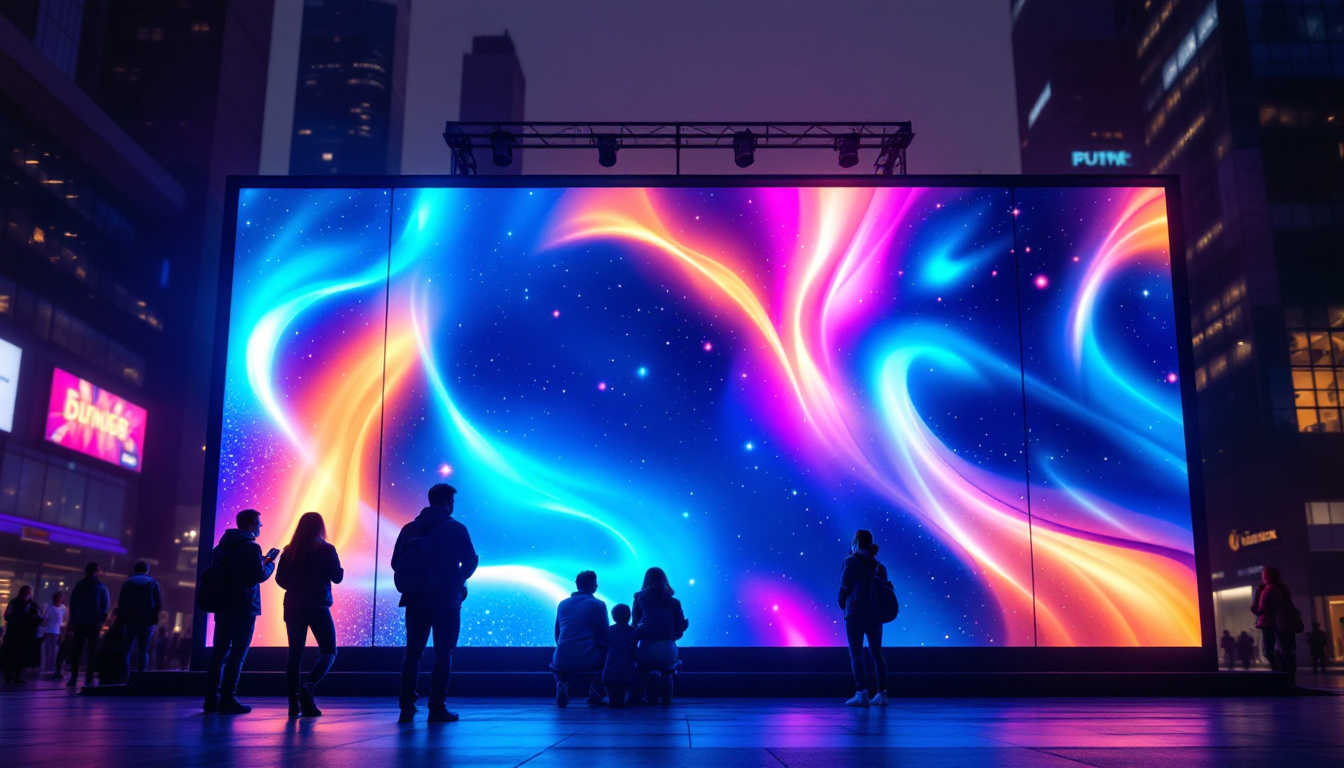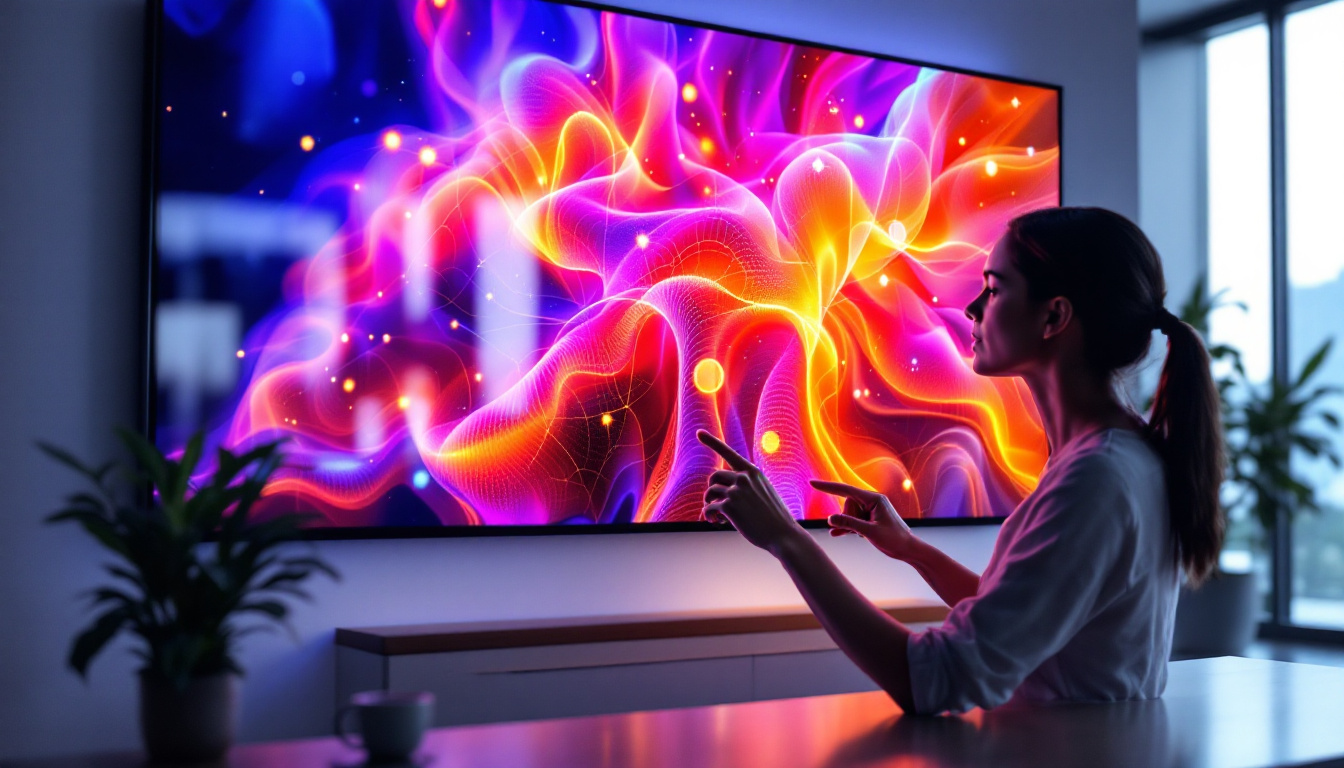In the modern world of technology, LED displays have become a staple in various environments, from retail spaces to large-scale events. Their versatility, brightness, and energy efficiency make them an attractive option for businesses and organizations looking to enhance their visual communication. This article delves into the intricacies of LED displays, focusing on their structure, functionality, and applications.
What is an LED Display?
LED stands for Light Emitting Diode, a semiconductor device that emits light when an electric current passes through it. LED displays utilize these diodes to create vibrant images and videos, making them ideal for a range of applications. Unlike traditional displays, LED technology allows for thinner, lighter, and more energy-efficient screens. This efficiency not only reduces power consumption but also contributes to a lower carbon footprint, making LED displays an environmentally friendly choice for consumers and businesses alike.
LED displays can be found in various formats, including indoor and outdoor screens, video walls, and digital signage. Their ability to produce bright and clear images in various lighting conditions sets them apart from other display technologies. For instance, outdoor LED displays are designed to withstand harsh weather conditions, ensuring that they remain functional and visually appealing even in direct sunlight or heavy rain. This durability makes them a popular choice for billboards and public information displays.
Types of LED Displays
There are several types of LED displays, each designed for specific use cases. The most common types include:
- Direct View LED: These displays consist of individual LED modules that are assembled to form a larger screen. They are often used for large-scale outdoor advertising and events, providing eye-catching visuals that can attract attention from great distances.
- LED Video Walls: Composed of multiple smaller LED screens, video walls create a seamless display ideal for broadcasting and presentations. These setups are increasingly popular in control rooms, concert venues, and trade shows, where dynamic visual content is essential for engaging audiences.
- OLED Displays: While technically a different technology, OLED (Organic Light Emitting Diode) displays are often grouped with LED displays due to their similar applications and advantages. OLEDs offer superior contrast ratios and color accuracy, making them a favorite among professionals in photography and video production.
In addition to these common types, there are also specialized LED displays designed for niche applications. For example, transparent LED displays allow for innovative advertising solutions, enabling businesses to showcase products while maintaining visibility through the screen. Furthermore, flexible LED displays are gaining traction in the market, as they can be bent and shaped to fit unconventional spaces, opening up new possibilities for creative installations in retail and architecture.
How LED Displays Work
The operation of an LED display is based on the principles of light emission and color mixing. Each pixel on an LED screen is made up of red, green, and blue (RGB) diodes. By adjusting the intensity of each color, a wide spectrum of colors can be produced, allowing for detailed images and videos. This ability to mix colors at the pixel level enables LED displays to achieve vibrant and lifelike visuals, making them a popular choice for everything from televisions to large-scale billboards.
When an image is displayed, the control system sends signals to the individual diodes, instructing them to light up at varying intensities. This rapid switching creates the illusion of motion and color depth, making LED displays particularly effective for dynamic content. The refresh rate of LED displays is also a critical factor; higher refresh rates ensure smoother transitions and reduce flicker, enhancing the viewing experience for fast-paced video content.
Advantages of LED Displays
LED displays offer numerous advantages over traditional display technologies, including:
- Brightness: LED displays are exceptionally bright, making them visible even in direct sunlight, which is crucial for outdoor applications.
- Energy Efficiency: Compared to LCD and plasma displays, LED technology consumes significantly less power, leading to cost savings on energy bills.
- Longevity: LED displays have a longer lifespan, often exceeding 100,000 hours, which reduces the need for frequent replacements.
In addition to these advantages, LED displays are also known for their versatility. They can be configured in various shapes and sizes, from small screens used in smartphones to massive video walls in stadiums. This adaptability makes them suitable for a wide range of applications, including advertising, entertainment, and information dissemination. Moreover, advancements in technology have led to the development of flexible LED displays, which can be curved or bent to fit unconventional spaces, further expanding their potential uses.
Another notable benefit of LED displays is their environmental impact. With the growing emphasis on sustainability, LED technology is often seen as a greener alternative to traditional display methods. LEDs contain no harmful substances like mercury, and their energy-efficient operation contributes to lower carbon emissions. Furthermore, many manufacturers are now focusing on recycling programs for old LED displays, ensuring that materials are reused and reducing electronic waste. This commitment to sustainability not only appeals to environmentally conscious consumers but also aligns with global efforts to reduce the ecological footprint of technology.
Applications of LED Displays
LED displays are utilized in a wide array of settings, each leveraging their unique capabilities. From advertising to entertainment, their applications are diverse and impactful.
Advertising and Marketing
One of the most prominent uses of LED displays is in advertising. Retailers and businesses use LED signs to capture attention and convey messages effectively. The vibrant colors and dynamic content can attract potential customers, making them an essential tool in marketing strategies.
Digital billboards, often found in high-traffic areas, utilize LED technology to display advertisements that can be changed remotely. This flexibility allows advertisers to tailor messages based on time, audience, and location, maximizing their impact.
Events and Entertainment
In the entertainment industry, LED displays play a crucial role in concerts, sporting events, and festivals. Large LED screens provide audiences with clear visuals, enhancing the overall experience. They are often used for live feeds, promotional content, and artistic displays.
Moreover, the ability to create immersive environments through LED walls and projections has transformed the way events are designed. Event planners can create stunning visual backdrops that captivate audiences and elevate the atmosphere.
Corporate and Educational Use
LED displays are also making their mark in corporate and educational settings. In conference rooms, they are used for presentations and video conferencing, providing clear visuals for participants. Their ability to display high-resolution content makes them ideal for sharing complex data and graphics.
In educational institutions, LED displays serve as interactive teaching tools, allowing educators to present information dynamically. They can be used for everything from displaying lesson content to broadcasting school events, enhancing the learning experience for students.
Challenges and Considerations
While LED displays offer numerous benefits, there are also challenges and considerations that need to be addressed. Understanding these factors can help organizations make informed decisions when investing in LED technology.
Initial Costs
The initial investment for LED displays can be significant, especially for large installations. Organizations must weigh the upfront costs against the long-term savings in energy and maintenance. While the price of LED technology has decreased over the years, it is still essential to budget accordingly.
Additionally, the quality of the display can vary between manufacturers, so it is crucial to choose a reputable supplier to ensure reliability and performance.
Maintenance and Repairs
Although LED displays are known for their longevity, they still require regular maintenance to ensure optimal performance. Dust and dirt can accumulate on the screens, affecting image quality. Regular cleaning and inspections can help mitigate these issues.
In the event of a malfunction, repairs can be complex, particularly for large installations. Organizations should consider service agreements with their suppliers to ensure prompt support and minimize downtime.
Future Trends in LED Display Technology
The LED display industry is continually evolving, with advancements in technology paving the way for new possibilities. Staying informed about these trends can help organizations leverage the latest innovations to enhance their visual communication strategies.
Higher Resolution Displays
As technology advances, the demand for higher resolution displays is on the rise. 4K and even 8K LED displays are becoming more common, providing stunning clarity and detail. This trend is particularly important for applications requiring precise visuals, such as medical imaging and high-end advertising.
Higher resolution displays also enable more immersive experiences in entertainment, allowing for larger screens without sacrificing image quality.
Flexible and Transparent Displays
Innovations in LED technology have led to the development of flexible and transparent displays. These displays can be curved or bent to fit various surfaces, opening up new possibilities for creative installations.
Transparent LED displays are particularly intriguing for retail environments, allowing businesses to showcase products while still providing visual information. This technology blurs the line between digital and physical spaces, creating engaging customer experiences.
Smart Integration
As smart technology continues to permeate various industries, LED displays are also becoming smarter. Integration with IoT (Internet of Things) devices allows for real-time data display and interactive content. This capability enhances the functionality of LED displays, making them not just a visual tool but also a dynamic information source.
Organizations can utilize smart displays to provide updates, alerts, and personalized content based on audience interactions, further enhancing engagement.
Conclusion
LED displays have revolutionized the way information is presented and consumed across various sectors. Their versatility, energy efficiency, and vibrant visuals make them an ideal choice for businesses and organizations looking to enhance their communication strategies.
As technology continues to advance, the potential applications and capabilities of LED displays will only expand, offering even more innovative solutions for visual communication. Understanding the intricacies of LED technology will empower organizations to make informed decisions and stay ahead in a competitive landscape.
In a world where visual impact is paramount, LED displays stand out as a powerful tool for engagement, creativity, and communication.
Discover LumenMatrix LED Display Solutions
Ready to elevate your visual communication with the latest in LED technology? LumenMatrix is at the forefront of innovation, offering a diverse range of LED display solutions tailored to your needs. From captivating Indoor and Outdoor LED Wall Displays to dynamic Vehicle and Sports LED Displays, our products are designed to make your brand shine. Experience the future of digital signage with our All-in-One LED Displays, LED Transparent Displays, and more. Check out LumenMatrix LED Display Solutions today and transform the way you engage with your audience.

